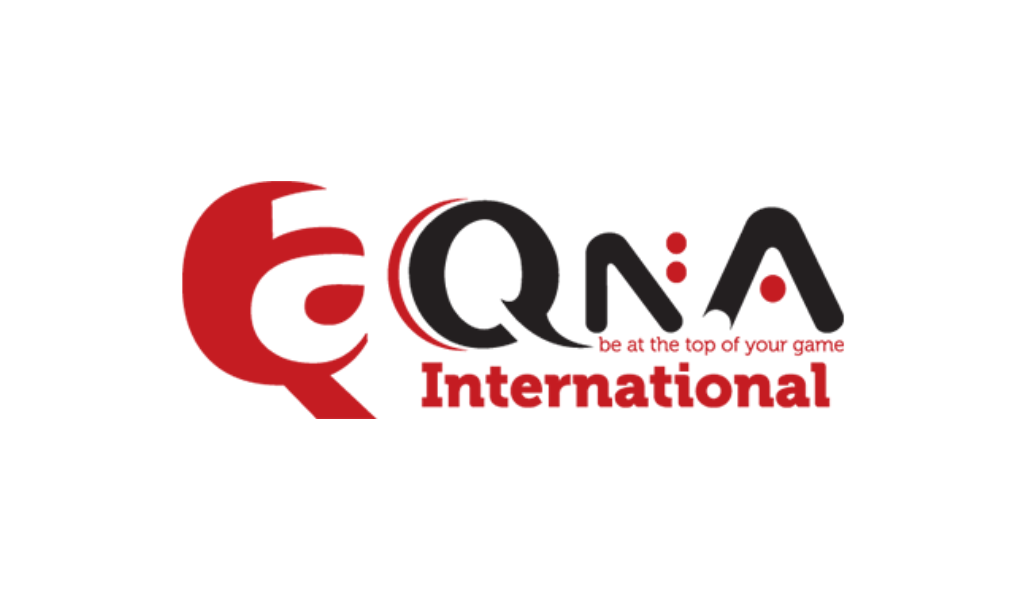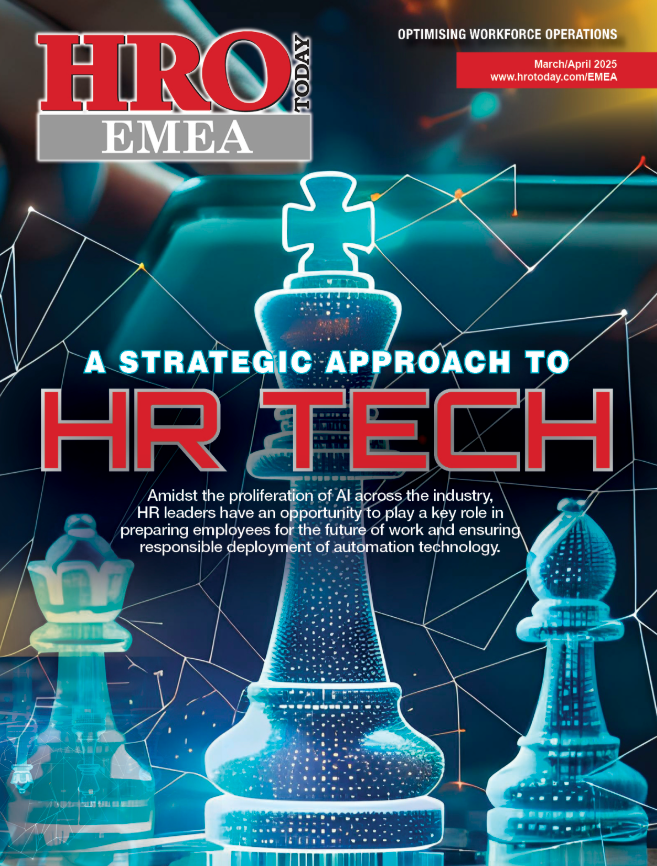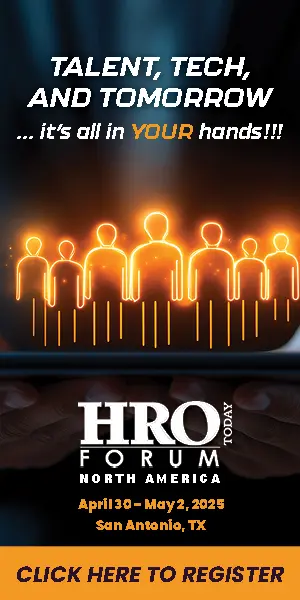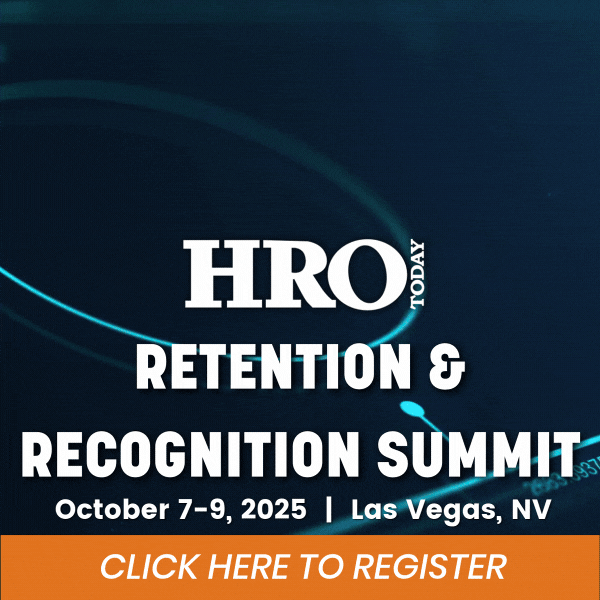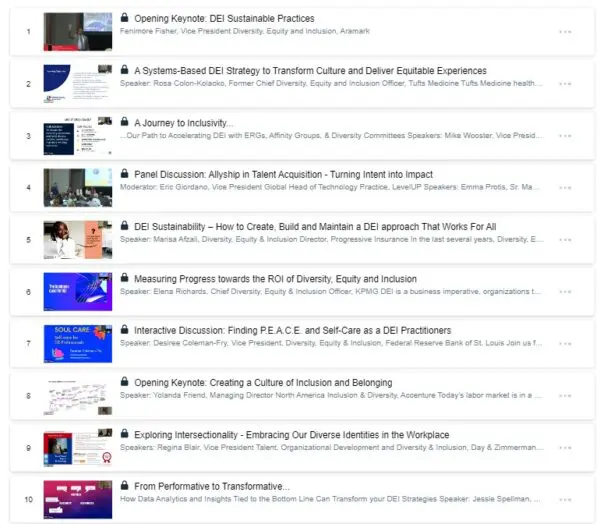HR technology is aiding in verifying candidate information, but many questions remain around AI’s current and future role.
By Debbie Bolla
Employee background screening remains a critical part of the hiring experience, with 46% of organizations reporting that managing risk as the most important factor. Cost also remains a high priority with 67% in agreement along with speed (48%). But as the world of work is ever-changing, the landscape of background screening has to change too.
“There is a lot happening in the background screening space, all involving technology,” says Brian Chapman, CEO of MBI Worldwide Background Checks and Drug Screening. A bevy of HR technologies play a large role in the hiring and onboarding process—and if they come together and result in a positive experience, it will encourage the retention of candidates throughout the entire journey.
Technology can also have a positive impact on turnaround times. With about half of respondents to First Advantage’s 2024 Annual Trends Report naming speed as a priority, HR is turning to tech to aid in the process.
“Previously, slower hiring processes often forced organizations to scramble to fill roles. This can cause huge issues for the hospitality and retail industries,” explains Kristen Faris, SVP, customer success, solutions and partnerships for Checkr. “By incorporating technology, investing in technology with an easy-to-use interface, and automating the process, both hiring teams and candidates can access insights into the current status and completion date of each background check.” This accessibility, she says, empowers HR to get ahead of seasonal hiring demands as well as provide a better experience to candidates with more accurate information and prompt communication of hiring timeframes.
Critical background screening steps can also be impacted in positive way. “We also see higher demands from HR for faster turnaround times on consumer reports,” notes Chapman. “The longer a report takes, the higher likelihood the applicant will go to another employer. Some of these turnaround time issues are being solved with better tech on the background screeners side.”
The top benefits to background screening include cost (67%), speed (48%), and managing risk (46%).
Some of today’s technology can also help sift through applications and foster better candidate matching as well keep up-to-date with ever-changing rules and compliance. “Screening software can quickly process applications to identify suitable candidates based on set criteria such as experience, skills, and availability,” says Faris. “The automation of the background screening process can also account for complicated regulations and laws by state and county to ensure that an organization is complying with the necessary requirements.”
Artificial intelligence is making its way into many HR processes, but remains in its infancy for background screening. CEO of CNet Technologies Kevin Heath says at this point, the use of AI brings up many questions. “How much can we trust it? Will it miss stuff it should find? What is our exposure if it does?” he questions.
There are already many state and local laws governing the use of AI in the hiring process. When it comes to background checks, HR leaders report concerns about AI not interpreting data in the right way or drawing incorrect conclusions about candidates. There is work to be done. Only time will tell, but Heath believes that once any potential issues are ironed out, AI has the potential to reduce costs and execute on high-level compliance functions.
AI can help with the parsing and sorting of data as it often comes from different sources. “AI can automatically classify and organize candidate data,” Faris says.
She provides an example where it can make a big, time-saving difference. As organizations expand their talent pools and hire across the U.S., states can have different criminal codes for the same charge. Through the use of AI to classify charges, Checkr finds that only .3% of charge data returned requires manual intervention. Faris says AI helps organize charge data into categories, and when paired with automation technology, HR leaders have the opportunity to automate decision-making around which cases are relevant or not relevant to certain to roles. This process helps reduce the time required to adjudicate candidates.
With other processes, Chapman believes that more due diligence is needed to better understand the power of AI and background screening. Currently, applications are being tested, audited, and retested, he says, with AI technology having the potential to reduce turnaround times significantly and execute manual tasks faster and more efficiently. But for now, HR needs to take heed.
“Compliance is the biggest risk in using AI,” says Chapman. “We have to teach AI how to deliver results within the compliance framework of the industry, which is incredibly vast and complex. There will not be a true adoption of AI until this risk can be eliminated for organizations.”






